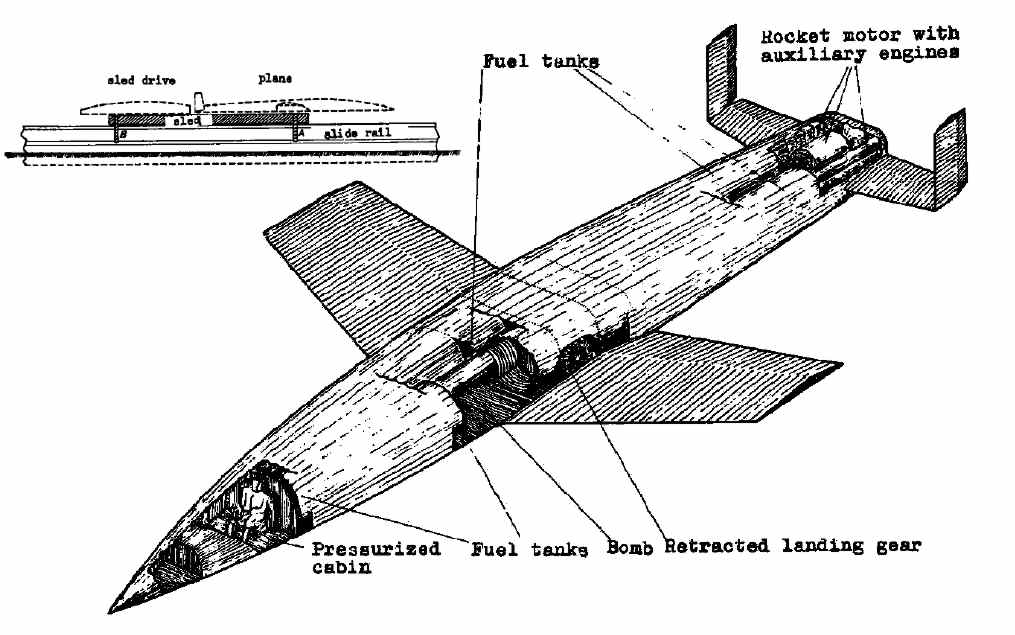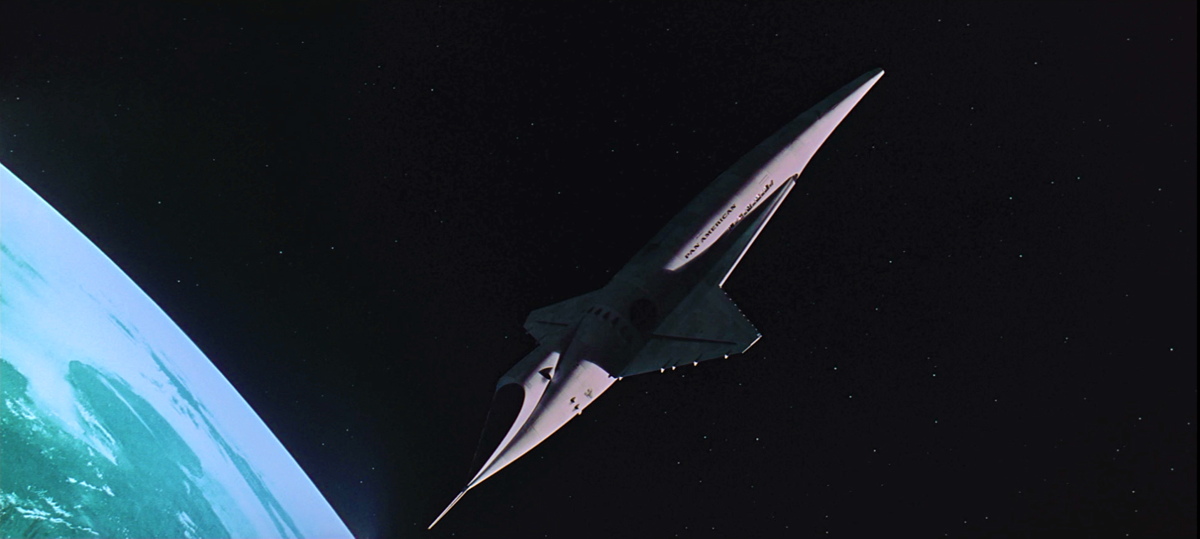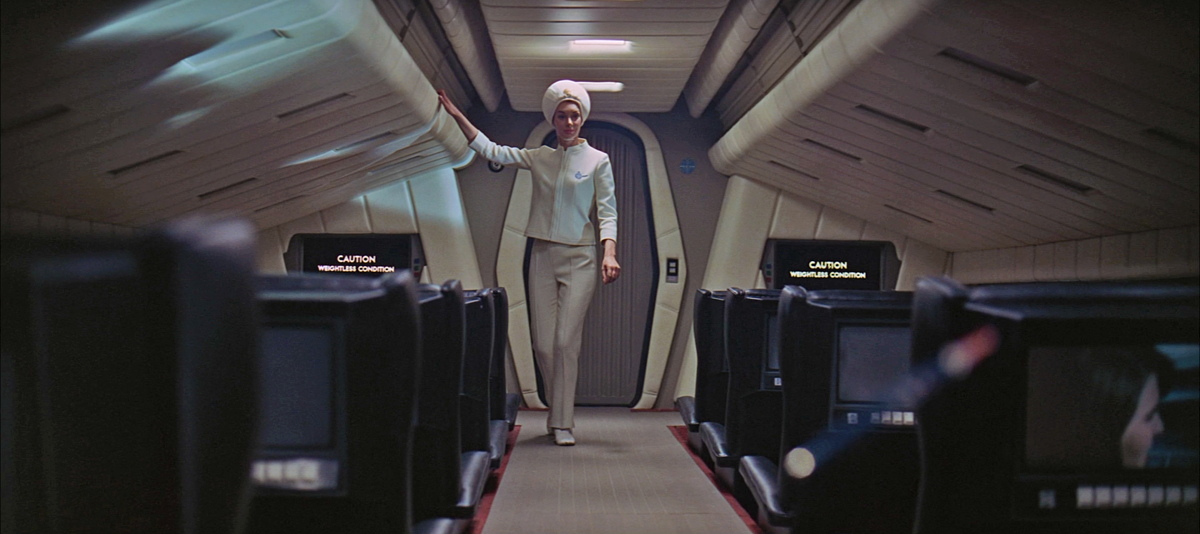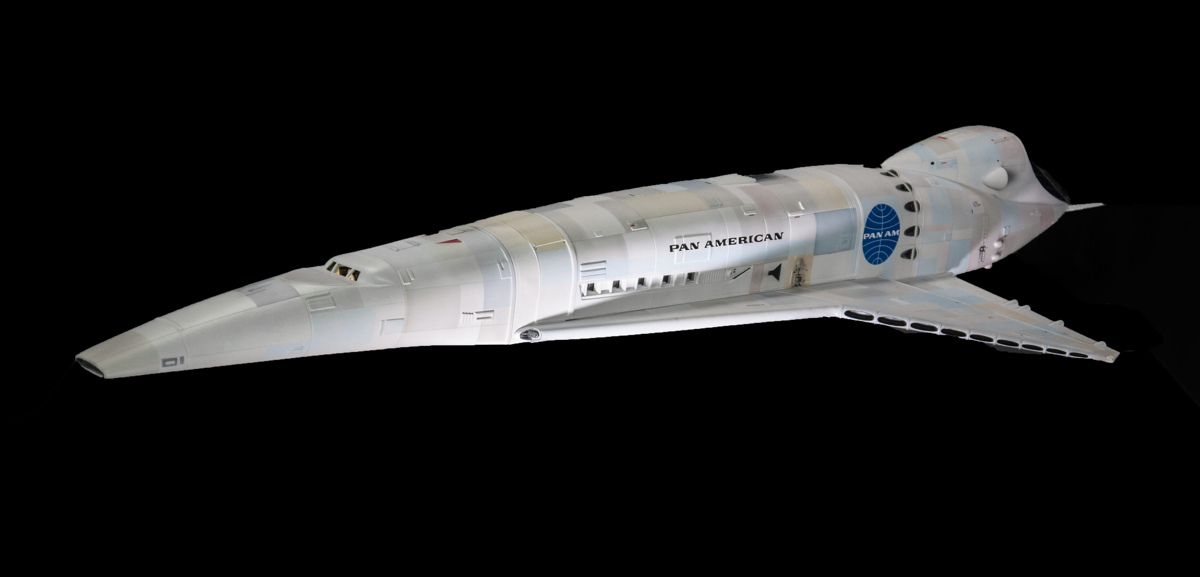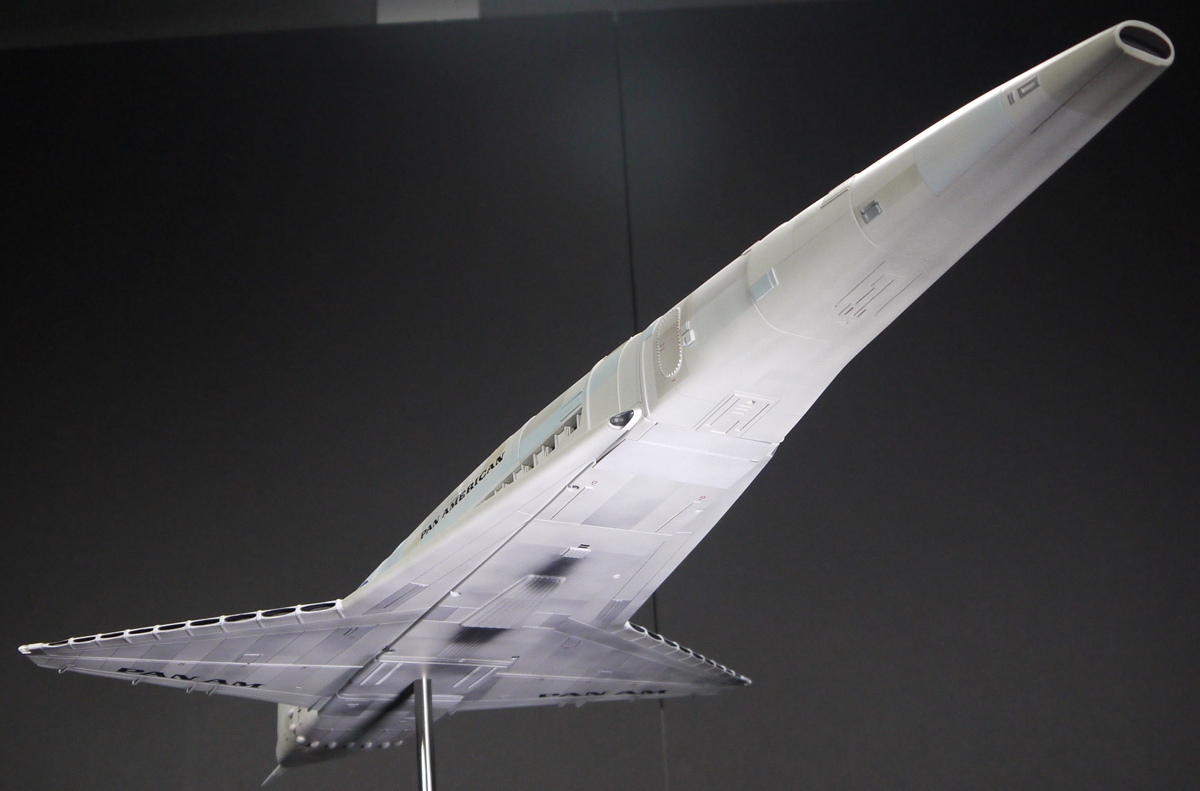Fantastic Flight: The Orion III Spaceplane from "2001: A Space Odyssey"
Publicity Poster for '2001'
The Orion III space plane is one of the most iconic vehicles in sci-fi movie epic "2001: A Space Odyssey." In this photo essay, we'll look at the Orion III and its history, including awesome images of an incredibly accurate, fan-made model. HERE: A publicity poster for "2001" shows Orion III launching from Space Station 5 (a scene that does not appear in the film). At its premiere in 1968, the film "2001: A Space Odyssey" presented to the public a vision of future space travel as routine and comfortable as airplane travel of the day. Daily shuttles flew to orbital space stations, and from there, large carriers took passengers up to a base on the moon. The Orion III space plane represented the first leg of these voyages. In the reality of 1968, an Apollo crew had yet to walk on the moon, and the reusable space shuttle was a distant dream.
Concept Sketch of the German Silverbird
Concept sketch of the German Silverbird suborbital bomber from World War II. Austrian-German engineer Eugen Sänger's concept of a plane that could travel around the world was developed for the Nazi war effort. The plane, called "Silverbird," would have been propelled by a rocket sled, taking off from a 2-mile-long (3.2 kilometers) inclined ramp. Silverbird would pass above the United States to drop its bomb, and then skip around the world to a landing site in Japan. Silverbird was never built, but after the war, German rocket scientists captured by the United States and the Soviet Union went on to influence the space programs of those countries.
Orion's Ascent to Orbit
Sketch of Orion's ascent to orbit. The fully reusable Orion III developed for "2001" was meant to be rail-launched from an inclined ramp at the (fictional) Kennedy Space Port in Florida. The space plane would be boosted by the attached Orion I carrier aircraft. Once at altitude, the booster plane would separate and fly back to Kennedy Space Port for a runway landing and preparation for its next launch.
First Glimpse of Orion in '2001'
A frame from the film showing our first glimpse of Orion in "2001." Orion could carry up to 30 passengers, but space agency official Heywood Floyd travels alone on a chartered Pan American flight, due to the urgency of his trip to the moon to view a newly discovered alien artifact that predates mankind.
With no computer-generated imagery available in the 1960s, the exterior of Orion seen in the film is always a physical model about 44 inches (111 centimeters) long. The model had no lights or interior. The scene visible in the windows of the passenger cabin was composited in optically. In most of the handful of shots in which Orion appears, the space plane is a still photo rephotographed on an animation stand. Only when the Orion is shown matching its rotation to the space station is the model filmed in motion.
Interior Passenger Cabin of Orion
"2001" still frame showing the interior passenger cabin of Orion. After engine shutdown, Orion is in a weightless condition. To move around, the flight attendant wears Velcro-covered slippers. Pilots and passengers remain strapped into their seats for the 55-minute flight. Orion's destination, Space Station 5, is in low Earth orbit. The space plane cannot travel deeper into space, to, for example, one of the bases on the moon. For that leg of the trip, another spacecraft must be used, the Aries 1B lunar shuttle.
Pilot's View from Orion Spaceship
A frame from the film shows the pilot's view as Orion approaches the 1,000-foot-diameter (305 meters) double wheel of Space Station 5. To dock, Orion's pilots must align the long axis of the space plane with the rotation axis of the space station and spin up Orion to the required rotation rate. The station appears motionless from Orion's cockpit windows. Space Station 5's exterior is a model about 8 feet (2.4 m) across.
Copy of the Orion Miniature
This is a 44-inch-long copy of the Orion miniature used for filming "2001." Steve Dymszo built the replica from a resin kit by Scott Alexander. The master pattern was designed by Adam K. Johnson, author of the book "2001: The Lost Science" (Griffin Media, 2012). Graphics design by Karl Tate. The Orion spacecraft seen in the film was designed by Harry Lange. The length of the "real" Orion space plane is taken to be 175 feet (53 m), so this miniature is around 1:48 scale.
Breaking space news, the latest updates on rocket launches, skywatching events and more!
Orion's Twin Main Rocket Engines
Featured in this view of the Orion replica are the mouths of the twin main rocket engines, powered by liquid hydrogen and liquid oxygen. Secondary and tertiary rocket engine nozzles also point toward the tail of the ship. Just aft of the large "Pan Am" logo is a ring of emergency explosive bolts and retrorocket jets, which would be fired to separate the tail section should something go wrong with the main engines.
Rectangular outlets are visible on the top surface of the wings, presumably for atmospheric flight. The raised fins along the rear edge of the wings are "wing fences" that control airflow when Orion travels faster than Mach 1 (the speed of sound).
Orion's Wing Intake Ports
The openings in the front surface of the wings are intakes, presumably for atmospheric flight. At the very front of the wing roots are landing lights, represented in this model by tiny glass beads. The clear canopy covering the lights is actually a part from a P-51 Mustang airplane plastic model kit.
The model features a lit interior cockpit with one pilot figure. The flat surface forward of the cockpit is a sliding heat-shield cover that protects the windows — a feature inspired by the XB-70 Valkyrie supersonic nuclear bomber. The oval opening at the very front of Orion's nose houses a forward-looking infrared (FLIR) tracking system used when docking with Space Station 5.
Underside of the Orion Replica
The underside of the Orion replica. At the wing tips are clear parts representing the anti-collision strobe lights. The ridged trapezoid-shaped plate between the wings is a hypersonic airflow correction plate. Forward and rear landing-gear doors are also visible. The underside of Orion features a titanium heat shield for heat dissipation when returning through Earth's atmosphere.
Space Shuttle Concept, 1970
Space shuttle concept, 1970. An Orion-like configuration with a piloted "flyback" booster stage was briefly considered for NASA's space shuttle in the early 1970s. Ultimately, a configuration with an external fuel tank and strap-on solid rocket boosters was chosen instead.

Karl's association with Space.com goes back to 2000, when he was hired to produce interactive Flash graphics. From 2010 to 2016, Karl worked as an infographics specialist across all editorial properties of Purch (formerly known as TechMediaNetwork). Before joining Space.com, Karl spent 11 years at the New York headquarters of The Associated Press, creating news graphics for use around the world in newspapers and on the web. He has a degree in graphic design from Louisiana State University and now works as a freelance graphic designer in New York City.

